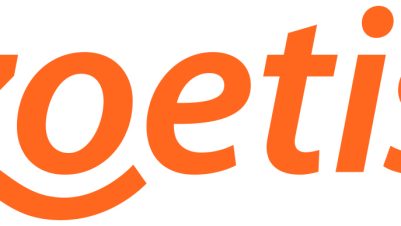Halal meat is that which is deemed permissible for consumption by Muslims and, for meat to be considered Halal, it must be derived from specific animals slaughtered in line with rules enshrined in the Quran and other religious scriptures. These religious scriptures prohibit Muslims from consuming meat from animals that die before they are cut and bled out.
To gauge the level of Islamic scholarly understanding and perception of pre-slaughter stunning, Awal Fuseini of the University of Bristol School of Veterinary Science carried out a survey of Islamic scholars and Halal consumers in the UK, surveying 66 scholars and 314 Halal consumers.
Awal’s survey showed that, on the perception of stunning, 69 percent did not think stunning is capable of reducing or abolishing the pain associated with the neck cut, whilst 58 percent indicated that they were not convinced that some methods of stunning were reversible, hence they put a blanket ban on all forms of stunning. On the acceptability of stunning, over 95 percent of the scholars indicated that stunning would be Halal-compliant if it could be shown that the procedure did not result in instantaneous death.
Awal said: “It is the duty of Islamic jurists to interpret the scriptures pertaining to the acceptability of different slaughter methods for Halal meat production. The criteria used for this interpretation have been reviewed extensively and published. Islamic jurists, however, have differences of opinion with regard to their interpretation of the scriptures which has meant that whilst some Muslims may recognise certain aspects of slaughter (eg pre-slaughter stunning) as Halal, others may not necessarily approve it as such.”
From an animal welfare standpoint, the slaughter of animals without stunning has been shown to compromise their welfare due to the pain associated with the neck-cut and the time to the onset of unconsciousness. Stunning is now widely accepted in many Muslim-majority countries (eg the United Arab Emirates, Saudi Arabia, Malaysia, Indonesia). However, there is less clarity as to which methods of stunning are acceptable because of different authorities’ definitions of death. The two main definitions being based on absence of a heartbeat or irreversible loss of brain function.
In a paper Awal has recently had published in the Universities Federation for Animal Welfare journal Animal Welfare he considers the role of the brain in consciousness, unconsciousness and death. His paper reviews literature about what makes meat Halal, considers the arguments put forward by proponents and opponents of pre-slaughter stunning for Halal production and examines the criteria used by Halal Certification Bodies. He concludes: “The requirements of Halal slaughter continue to confuse meat processors, animal science researchers and Halal meat consumers due to differences of opinion regarding some aspects of the rules. The rules require animals to be alive at the time of neck-cutting but there appears to be no consensus within the Muslim community on the correct definition and assessment of death and this has resulted in several Halal standards which confuses Halal consumers and abattoir operators as to the true definition of Halal slaughter. To safeguard the welfare of animals during Halal slaughter, Islamic jurists need to agree on the rules of Halal slaughter and a definition of death so that there can be clarity of acceptable methods of stunning for Halal meat production.”
Further information
The full paper The brain, unconsciousness and death: a critical appraisal with regard to Halal meat production was published in the Universities Federation for Animal Welfare (UFAW) journal Animal Welfare. Subscribers to the journal will find this paper in Volume 28 issue 2. The full abstract of the study can be read at UFAW’s website.







